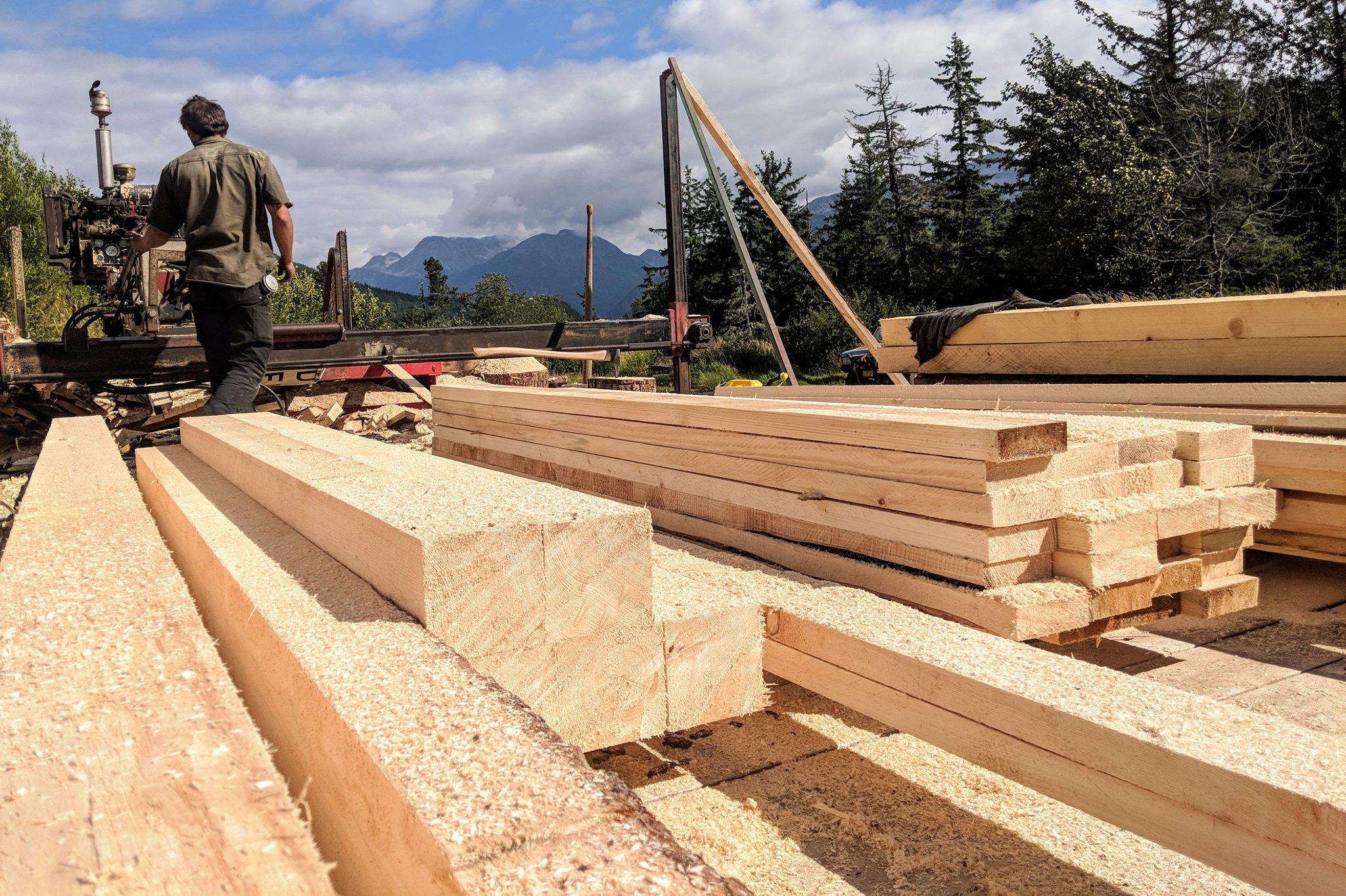Q. When lumber comes out of the kiln at 6 percent MC, shell and core, and is then put into an open shed, still stickered, protected from rain and sun, how much moisture change will occur in a week? How much if we un-sticker it first? How much if we wrap in plastic?
A. You have asked a question that many have asked in the past and still there is no good answer. So, I will give you my best intelligent guess.
One key is that dry wood, when it is exposed to 12 percent EMC, will only come up to roughly 11.25 to 11.5 percent MC. This difference is due to the hysteresis effect.
Temperature of the air has a big effect on the speed of moisture movement.
End grain has moisture moving 10 to 15 times faster than face grain.
So here is my answer.
Note that when the lumber leaves the kiln, it might have a temperature of 150F, so initially and for perhaps 12 hours or longer depending on circulation within the pile in the storage facility, the EMC for the hot lumber can be under 1 percent EMC.
The dry-bulb is the wood’s temperature and the wet-bulb is the air’s wet-bulb, which often means about 100F depression. So, the wood will actually dry a little more for the first 12 hours as it cools. Then it will begin to gain moisture. So, after 24 hours, you are likely at “no net change" overall.
Note that this drying while the lumber is hot is why it is a terrible idea to process lumber right out of the hot kiln. A minimum of 24 hours is needed before processing.
For 6 percent MC lumber, still on stickers, exposed outside (protected from rain and sun) to 12 percent EMC (typical for much of the U.S. summer and winter), at an average of 70F, I would expect that in four days exposure, the outer 1/8 inch would be close to 10 percent MC average. The next 1/8 inch depth would likely be 7.0 to 7.5 percent MC. The end grain loses moisture much faster than face grain, so this effect might be 10 times deeper on the ends; that is, the 10 percent MC might go about 1-1/4 inch up the ends.
For lumber that is tight piled, the moisture in the air will have a hard time getting into the pile, unless there is wind. So, I would expect that the pieces of lumber on the outside would change quickly, but on the inside, the change in three weeks would be fairly small throughout. Perhaps, an unstickered, flat piled stack would change seven to 10 times more slowly than lumber on stickers.
When you wrap lumber in plastic, no moisture can get in or out, so there will be no moisture change overall, except that moisture might move within the wood. The average moisture will stay at the original value for years, even with sunlight and rain (if no holes) if wrapping “seals” all six sides of the pack, whether flat piled or still on sticks.
Gene Wengert, “The Wood Doctor” has been training people in efficient use of wood for 35 years. He is extension specialist emeritus at the University of Wisconsin-Madison.







Have something to say? Share your thoughts with us in the comments below.